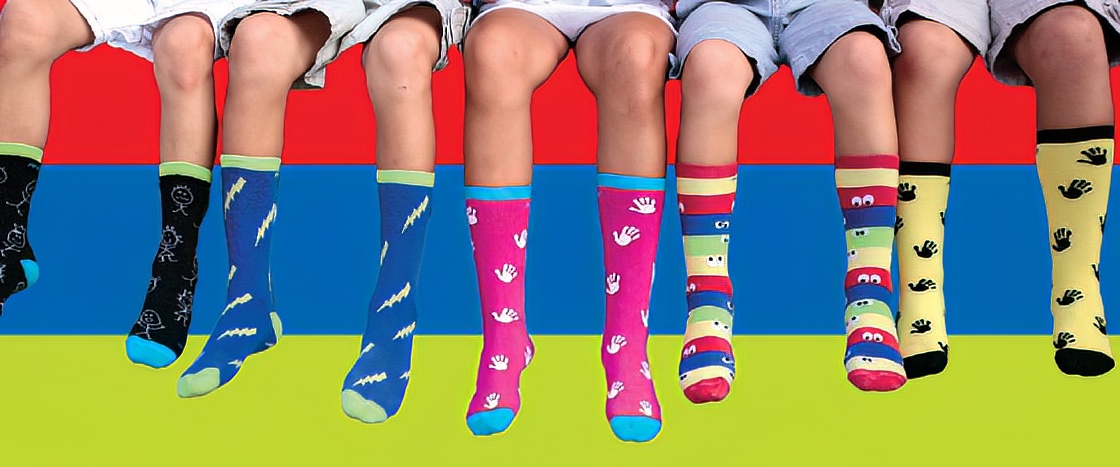Sebastian Martinez has always loved socks. The more colorful and crazy, the better! When he was 5 years old, his mom suggested that he start designing his own. Sebastian grabbed his crayons and got to work. In 2014, Sebastian, now 15, and his older brother Brandon, now 17, started their company Are You Kidding? to sell their socks.
Since then, the company has sold more than 500,000 pairs of socks! But for the brothers, it isn’t just about making money. Through nationwide charity events, they have raised more than $350,000 for pediatric cancer treatment, diabetes research, and other causes.
Sebastian Martinez has always loved socks. The more colorful and crazy, the better! When he was 5 years old, his mom said he should design his own socks. Sebastian grabbed his crayons and got to work. In 2014, Sebastian started a sock company with his older brother, Brandon. They named their company Are You Kidding?
Sebastian is now 15 years old. His brother is 17. Since 2014, their company has sold more than 500,000 pairs of socks! But the brothers don’t sell their socks just to make money. They also donate to charity. They have raised more than $350,000 for causes such as pediatric cancer treatment and diabetes research.

